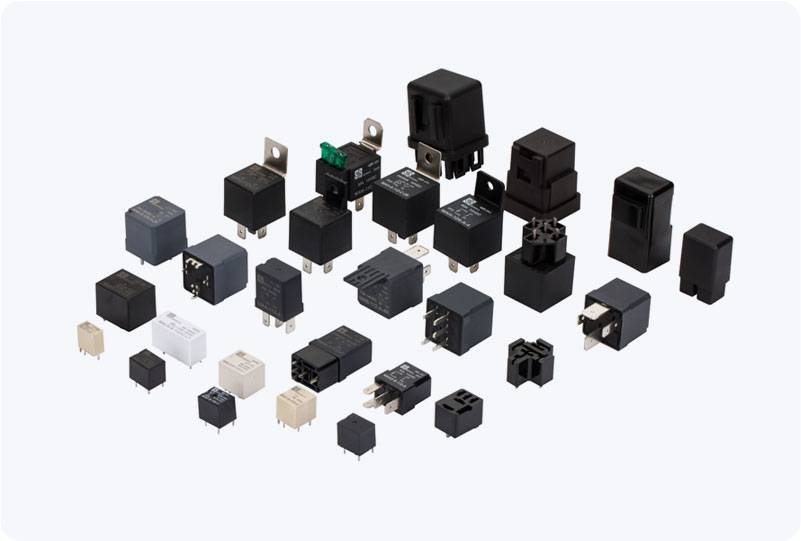In modern plumbing systems, the Thermostatic Mixing Valve (TMV) plays a crucial role in maintaining consistent water temperatures while ensuring safety and efficiency. Whether in residential homes, hospitals, or public showers, the TMV provides users with optimal temperature control, reducing the risk of scalding and enhancing the comfort of hot water usage. This article will delve into the functionality, benefits, and applications of the Thermostatic Mixing Valve, shedding light on its significance in both domestic and commercial plumbing.

What is a Thermostatic Mixing Valve? A Thermostatic Mixing Valve (TMV) is a device designed to mix hot and cold water to a pre-set, consistent temperature. It uses a thermostatic element, typically a wax capsule or bimetallic strip, to sense the temperature of the mixed water and adjust the flow of hot and cold water accordingly. This results in an output of water at a stable, safe temperature, regardless of fluctuations in the pressure of the hot or cold water supply. The TMV automatically adjusts the balance of hot and cold water, ensuring the water temperature remains constant within a safe range, usually between 38°C and 45°C. These devices are vital in preventing accidental scalding, especially in environments where the water temperature might be higher than expected or where vulnerable populations, such as children or the elderly, are present.
Leave a Reply